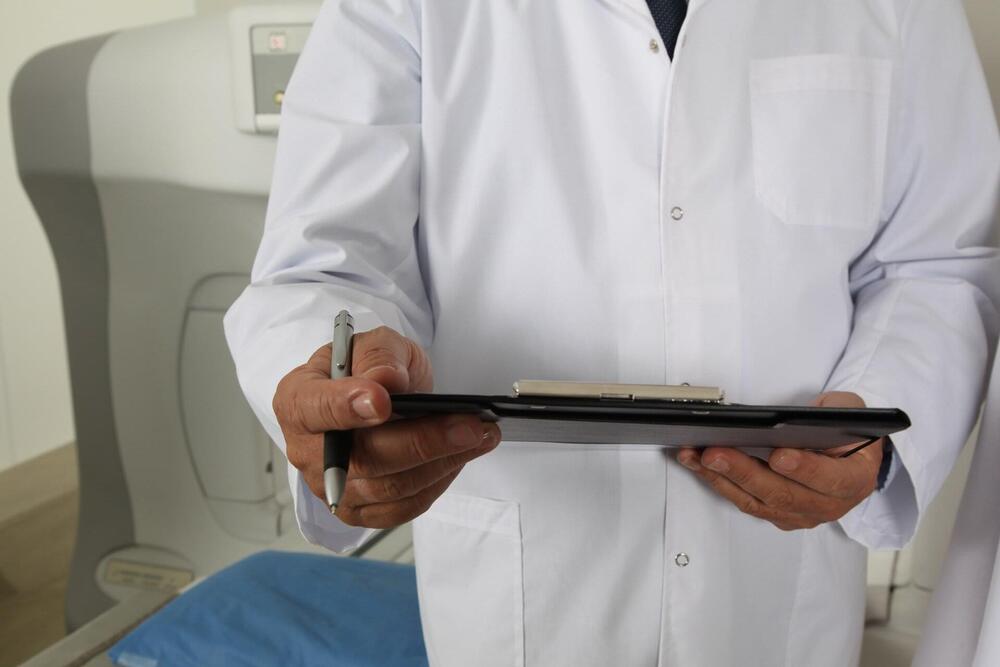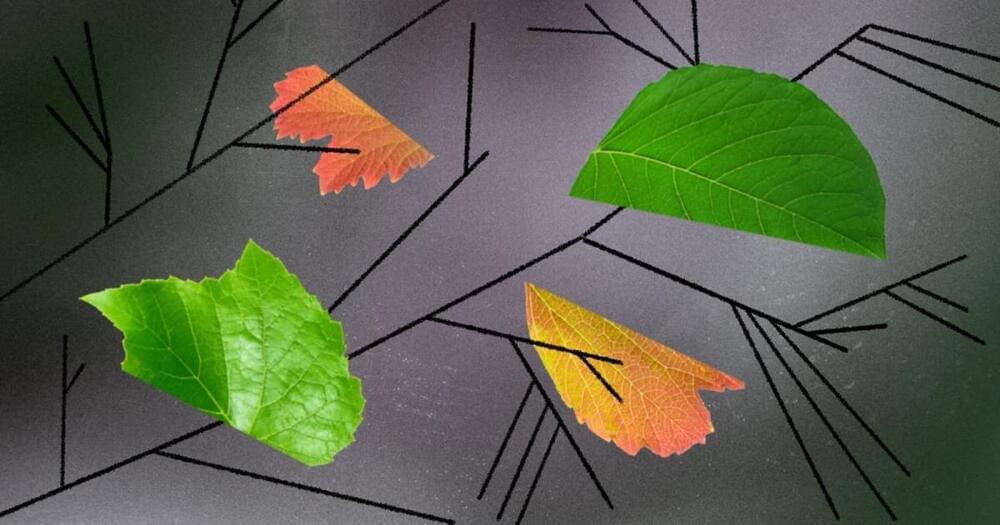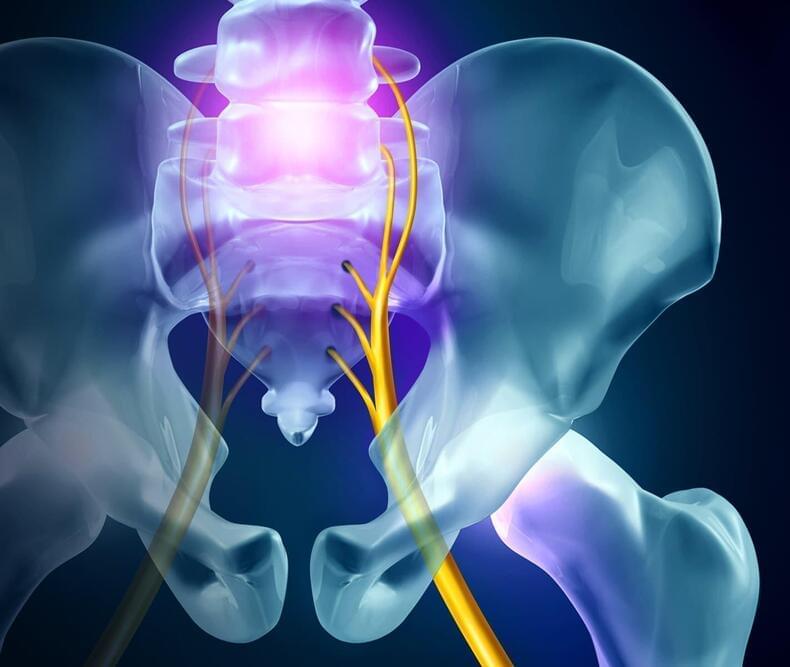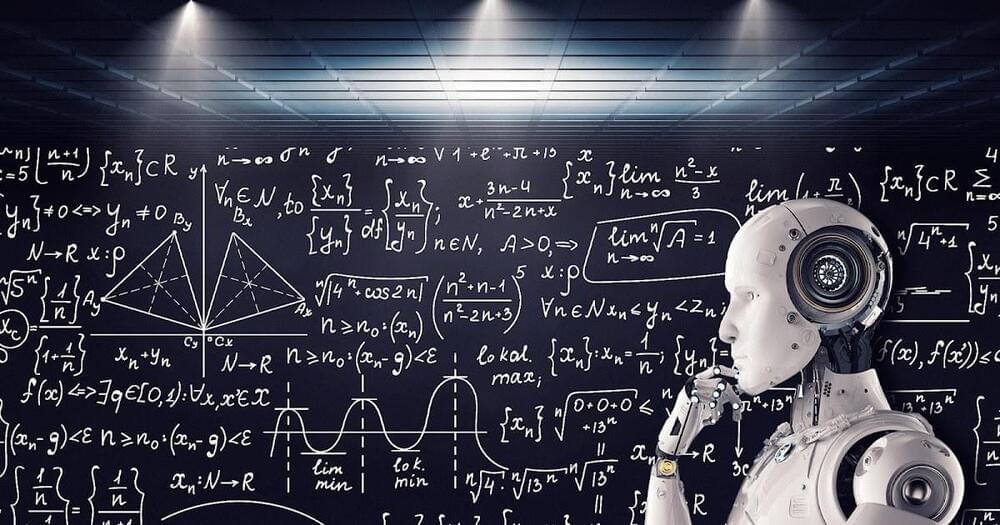More than 30 years ago, findings from the Harvard Medical Practice Study (HMPS) helped bring public awareness to the problem of patient safety. Since the publication of the HMPS results, new strategies for preventing specific types of adverse events have been put into place, but it has been challenging to measure the impact on patient care.
To better understand what progress has been made in the last few decades, a team from Boston area hospitals conducted the SafeCare Study, which evaluated 11 hospitals in the region.
Led by investigators from Mass General Brigham and sponsored by CRICO, the medical professional liability insurer for the Harvard medical community and its affiliated organizations, the study provides an estimate of adverse events in the inpatient environment, shedding light on the progress of two decades of work focused on improving patient safety and highlighting the need for continued improvement. Results are published in The New England Journal of Medicine.







